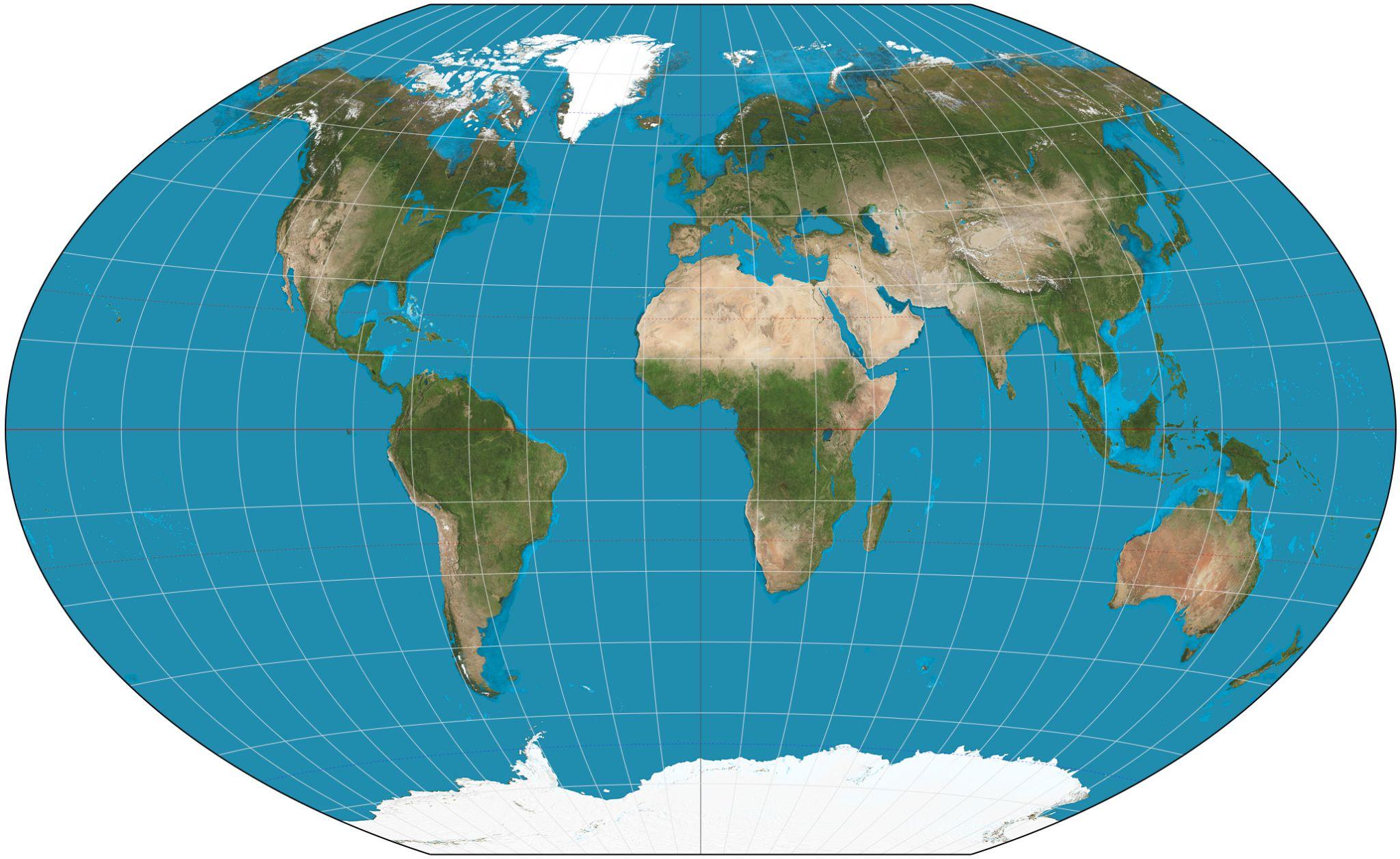SEBA Class 6 Social Science (English Medium) Chapter 6 – “Major Landforms of the Earth” Summary & Solutions
SEBA Class 6 Social Science (English Medium) Chapter 6 – “Major Landforms of the Earth” solutions are available at Ospin Academy. We provide SCERT-based textbook answers, multiple-choice questions (MCQs), and a detailed chapter summary to assist students in their exam preparation.
📖 Chapter Overview:
This chapter explains the different landforms found on Earth, their formation, and their impact on human settlements and activities.
- Mountains: High, steep landforms formed due to tectonic activity.
- Plateaus: Elevated flat land, often rich in minerals.
- Plains: Large, flat areas suitable for agriculture and human settlements.
- Hills: Smaller than mountains, usually covered with forests.
- Assam’s Perspective: Understanding Assam’s hills, plains, and river valleys.
📌 Key Topics Covered:
- ⭐ What are the different types of landforms?
- ⭐ How are mountains formed?
- ⭐ What is the difference between a plateau and a plain?
- ⭐ Why are landforms important for human life?
- ⭐ How do Assam’s landforms influence its culture and economy?
📝 How Ospin Academy Assists in Exam Preparation:
- ✅ Comprehensive Solutions: Detailed answers based on the SCERT Class 6 Social Science English Medium textbook.
- ✅ Practice Questions: MCQs and additional exercises to reinforce learning.
- ✅ Conceptual Clarity: Simplified explanations with examples relevant to Assam.
- ✅ Quick Revision: Concise notes for efficient last-minute study sessions.
To access complete solutions for SEBA Class 6 Social Science (English Medium) Chapter 6 – “Major Landforms of the Earth,” visit Ospin Academy today!
Class 6 Social Science (English Medium) PDF Solutions 2025-26 | SCERT Assam
Download Class 6 Social Science PDF for SCERT Assam English Medium students. Get the textbook, short question answers, and MCQ type answers for Geography, History, Economics, and Political Science. Ideal for exam preparation with downloadable study materials.
Out of stock
Exercise
1. Answer the following questions briefly-
(a) What are the different major landforms?
Ans: Mountains, plateaus, and plains are some of the major landforms on Earth.
(b) Differentiate between a mountain and a plateau.
Ans: The main difference between a mountain and a plateau is that a mountain is that the mountain is an elevated, pointed structure whereas a plateau is an elevated area with a flat top. Although plateaus are generally lower in height compared to mountains, there are some plateaus that are higher than some mountains.
(c) Classify hills and mountains according to origin.
Ans: Mountains can be classified by their origin into tectonic, mountains, fold Mountains, block mountains, volcanic mountains, and residual mountains.
A mountain is a landform that rises dramatically above its surroundings, featuring steep slopes, a small peak area, and significant local relief.
(d) Describe the utility of hills and the mountains.
Ans: Mountains are crucial for providing water resources. Snow and glaciers in mountains feed rivers and lakes, which supply water for agriculture, hydroelectric power generation, drinking, and food preparation. This makes mountains vital for sustaining various human activities and supporting ecosystems. (e) How plains are formed?
Most of the plains are formed by rivers and their tributaries. The rivers flow down the slopes of mountains and erode them. They carry forward the eroded materials. Then they deposit their load consisting of stones, sand and silt along their courses and in their valley. It is from these deposits that plains are formed.
(f) Why river valleys are densely populated?
Ans: River valleys are densely populated due to fertile soil ideal for agriculture, reliable water supply for crops and people, and often favourable climate. Additionally, rivers facilitate transportation and trade, contributing to economic growth and urban development.
(g) Why hill areas are thinly populated?
Ans: Mountain regions are thinly populated due to steep slopes and lack of fertile soil, These conditions are not favourable for agriculture. These harsh conditions collectively contribute to the sparse population in mountainous areas.
2. Tick (✔) to correct answer:
(a) Hills are separated from mountain basis
(i) Height.
(ii) Slope.
(iii) Mode of formation or processes of formation.
Ans: (i) Height.
(b) Glaciers are found in
(i) Plains.
(ii) Mountains.
(iii) Desert.
Ans: (ii) Mountains.
(c) The Deccan plateau is located in
(i) China.
(ii) Nepal.
(iii) India.
Ans: (iii) India.
3. Fill up the gaps:
(a) Transformation of landforms due to sunshine, wind, rainfall is called__________ process.
Ans: Weathering.
(b) The Himalaya and the Alps are_________ mountains.
Ans: Fold.
(c) _________ regions are generally rich in mineral resources.
Ans: Mountain.
(d) Transportation means is the easiest in_______.
Ans: plains.
(e) The running water helps in formation of_________.
Ans: Valleys.
4. Locate the following in the appropriate square in the map.

1. Himalayan Range.
2. Alps Range.
3. Rocky Range.
4. Andes Range.
Ans: Students, do yourself.
5. What may happen to us if man cuts the forest and hill slopes in an unplanned manner? Write a note on the basis of this lesson.
Ans:Unplanned deforestation and hill slope cutting lead to soil erosion, loss of biodiversity, disruption of water cycles, increased landslides, and climate change. These activities degrade ecosystems, reduce agricultural productivity, and negatively impact local communities by depleting resources and increasing disaster risks. Sustainable management is essential to prevent these issues.
6. Name a few rivers originating from the Himalayas (See Atlas).
Ans: Indus, Ganges, Brahmaputra, Yamuna, Karnali, Gandak, Yarlung Tsangpo, Sutlej are a few rivers originating from the Himalayas.
SEBA Class 6 Social Science Chapter 6 – Major Landforms of the Earth FAQs
Get Free NCERT PDFs
If you want to download free PDFs of any chapter, click the link below and join our WhatsApp group:

